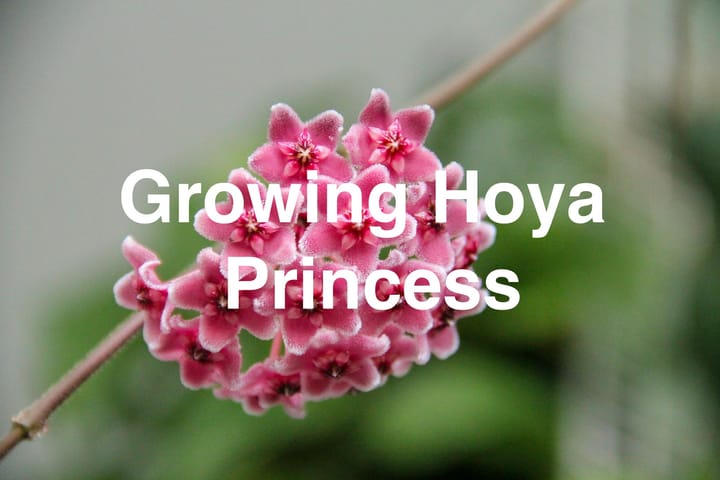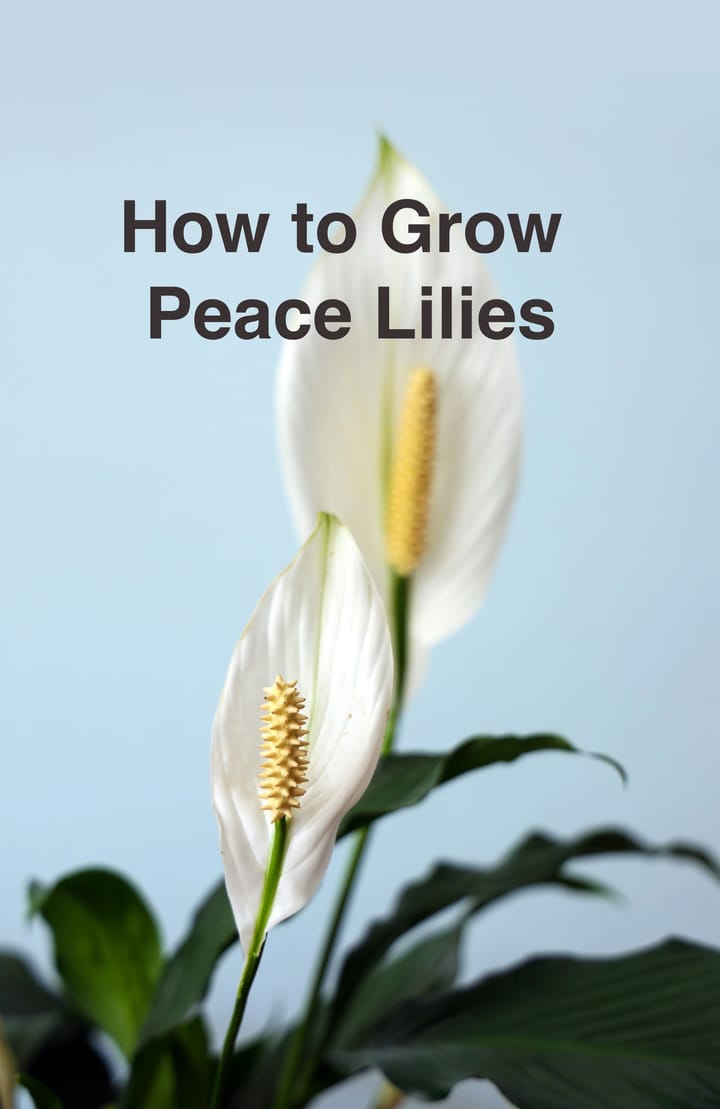How to Grow Watermelon Peperomia
Watermelon Peperomia, or Peperomia argyreia, is an attractive houseplant known for its unique, watermelon-striped foliage and easy care requirements.

Its compact size and low-maintenance nature make it ideal for both beginners and experienced plant enthusiasts.
While it shares a visual resemblance to the fruit, it is, in fact, part of the Peperomia family, which consists of over a thousand species of tropical plants.
So, if you're looking for a touch of the tropics to brighten up your indoor space, the Watermelon Peperomia could be the perfect green addition.

Appropriate care begins with understanding the optimal growing conditions for your Watermelon Peperomia. This includes providing bright, indirect light and maintaining temperatures between 65°F and 80°F (18°C - 26°C).
Positioning your plant in such an environment encourages robust growth and preserves the vibrant patterns on its foliage.
When it comes to watering, its semi-succulent nature means that it prefers drying out slightly between waterings. This helps prevent issues such as root rot, which is common in over-watered Peperomias.
Key Takeaways
- Watermelon Peperomia flourishes in bright, indirect light and comfortable room temperatures.
- Allow the soil to dry out slightly between waterings to prevent over-watering.
- It's suitable for beginners due to its simple maintenance and care requirements.
Understanding Watermelon Peperomia

Watermelon Peperomia, scientifically known as Peperomia argyreia, is a popular houseplant cherished for its unique foliage. Originating from South America, it mimics a watermelon's rind with its oval, green-striped leaves.
Native Area: As you cultivate this plant, it's helpful to remember its native tropical environment. Watermelon Peperomia thrives in conditions that are humid and warm, making it ideal for indoor cultivation where such conditions can be replicated.
Here's what you need to know about Watermelon Peperomia:
- Botanical Name: Peperomia argyreia
- Common Name: Watermelon Peperomia
- Family: Piperaceae
- Growth Rate: Moderate
- Ideal Lighting: Bright, indirect sunlight
- Water Needs: Moderate – allow the soil to dry out between watering
- Soil Preference: Well-draining mixture of peat moss, perlite, and compost
This plant is non-toxic, making it safe for homes with pets and children. Despite its exotic look, the Watermelon Peperomia is remarkably easy to care for.
Your success in growing this plant lies in your ability to provide it with a stable environment that does not stray far from its native habitat -- warm and humid.
Remember, as a low-growing plant, it rarely exceeds 12 inches in height, making it a perfect tabletop or desktop companion.
Its manageable size, coupled with its modest care requirements, ensures that even beginners can enjoy the satisfaction of plant parenthood.
Optimal Growing Conditions
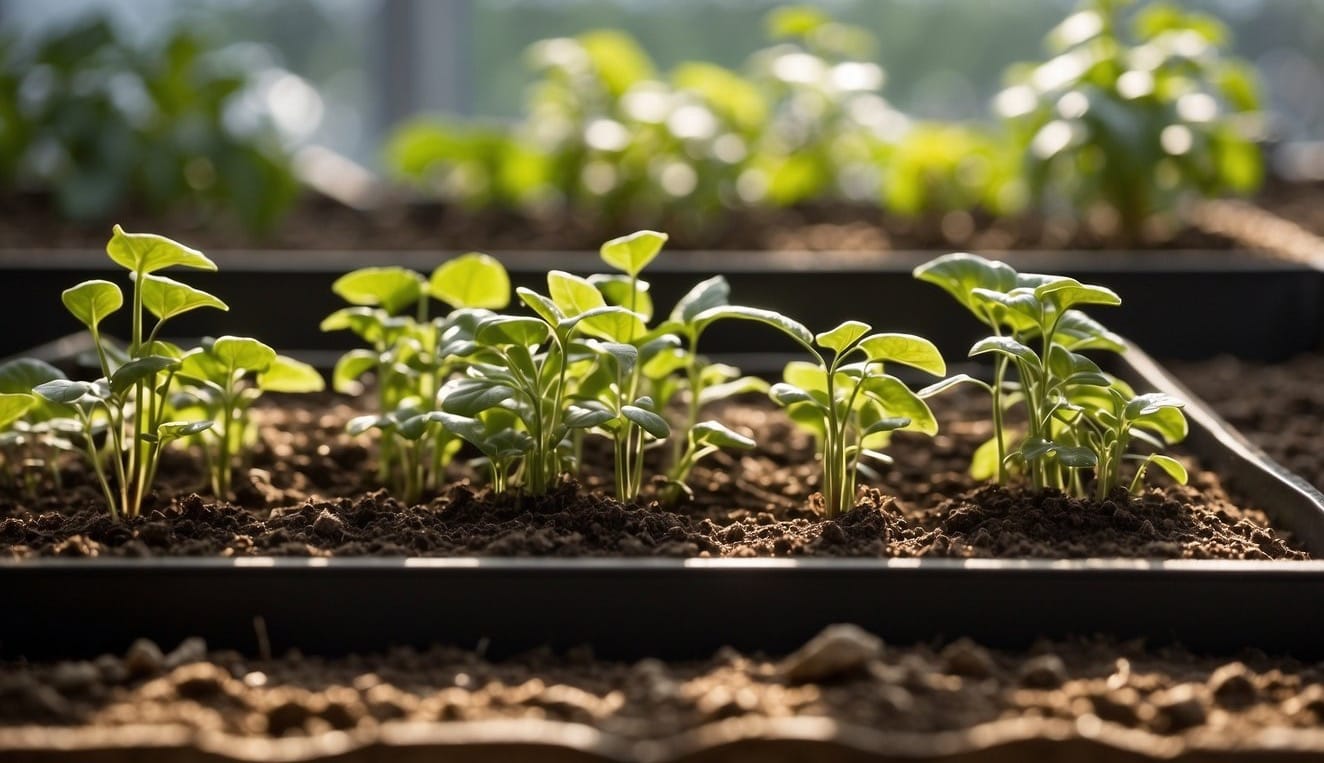
To ensure your Watermelon Peperomia (Peperomia argyreia) thrives, provide it with conditions that closely mimic its native tropical environment.
Light: Your plant prefers bright, indirect light. Position it where the sunlight is filtered, such as behind sheer curtains, to avoid direct sun that can scorch the leaves. However, too much shade may reduce the vibrancy of the leaf patterns.
Humidity and Temperature: Strive for a balance in humidity and keep the temperature consistent.
Watermelon Peperomia prospers in a room temperature setting, typically between 65°F and 80°F (18°C - 26°C). Use a pebble tray or a humidifier to maintain adequate humidity if your indoor air is dry.
Watering: Water when the top inch of the soil feels dry to the touch. Over-watering can lead to issues such as root rot, so ensure your watering schedule allows the soil to partly dry between waterings.
Soil: Choose a well-draining potting mix that holds moisture without becoming waterlogged. A blend of perlite, compost, and peat moss or coco coir makes an ideal substrate. Your pot must have drainage holes to prevent water accumulation.
Here's a quick reference table summarizing the Watermelon Peperomia care:
| Factor | Optimal Condition |
|---|---|
| Light | Bright, indirect light |
| Humidity | Moderate; mimic tropical humidity |
| Temperature | 65°F - 80°F (18°C - 26°C) |
| Soil | Well-draining mix with perlite, compost, peat moss/coco coir |
| Water | Allow the top inch of soil to dry between watering |
Watering and Moisture Management
When caring for your Watermelon Peperomia (Peperomia argyreia), managing water and moisture levels correctly is crucial to ensure the plant thrives.
Watering Frequency:
- Assess soil dryness every few days by feeling the top inch with your finger.
- During spring and summer growth periods, increase watering frequency if the soil feels dry.
- In colder months, reduce watering as the plant's growth slows down.
- Overwatering: Leaves become yellow or soft; you may notice rot at the base of the stems.
- Underwatering: Leaves might feel dry or crispy, often curling at the edges.
Soil Requirements:
- Your Watermelon Peperomia will benefit from well-draining soil that retains some moisture. Utilize a mixture of:
- Perlite (1 part)
- Compost (1 part)
- Peat moss or coco coir (1 part)
This combination promotes a balance of moisture retention and proper drainage to avoid root rot.
Humidity Needs:
- Aim for around 50% relative humidity around your plant for optimal health.
- Use a humidifier or place a water tray near the plant to maintain ideal moisture levels in the air.
- Refrain from misting; it can lead to fungal issues due to damp leaves.
Drainage:
- Lastly, make sure your pot has drainage holes to allow excess water to escape, preventing the risk of overwatering.
Soil and Repotting Essentials
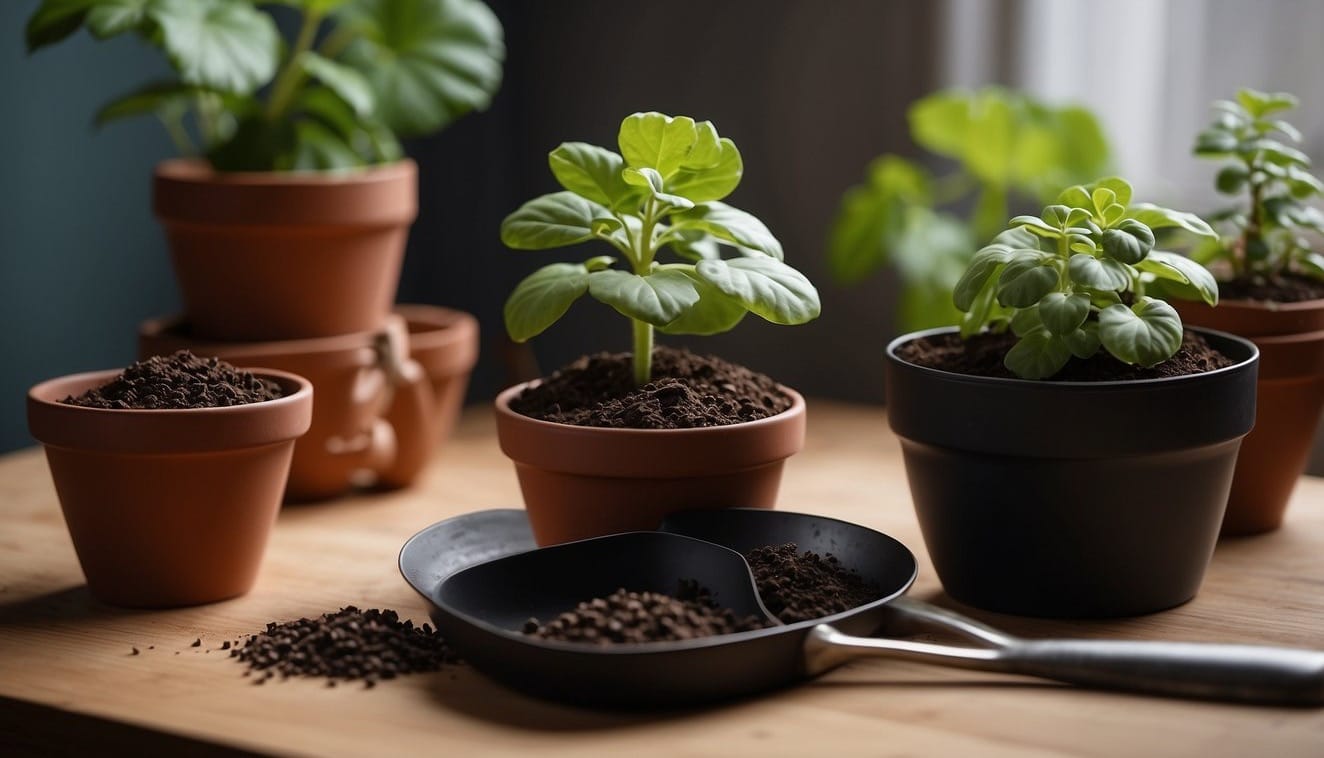
When repotting your Watermelon Peperomia, choose a soil mix that ensures proper drainage to maintain healthy roots and overall plant vitality.
Opt for a well-draining potting medium that balances moisture retention and aeration.
Ideal Components of Soil Mix:
- Perlite: Adds porosity and improves aeration.
- Peat Moss or Coco Coir: Helps retain moisture but avoids waterlogging.
- Compost: Introduces nutrients essential for growth.
Use a 1:1:1 ratio mix of perlite, peat moss or coco coir, and compost for a balanced soil mix. For those seeking convenience, a pre-mixed potting soil labeled as well-draining can be an excellent option.
Potting Considerations:
- Drainage Hole: Always use a pot with a drainage hole to prevent water accumulation.
- Pot Size: Choose a pot that's slightly larger than the current one to allow for growth.
- Repotting Frequency: Repot Watermelon Peperomia every two to three years or when it becomes root-bound.
Plant Nutrition and Fertilizing
For your Watermelon Peperomia, regular fertilizing is crucial to ensure it receives essential nutrients for growth. Under-fertilizing can lead to nutrient deficiencies, while over-fertilizing might damage the roots. You must strike a balance for optimal plant health.
Timing: Begin fertilizing in spring and continue through summer. Decrease the frequency in the fall and stop in the winter when plant growth naturally slows.
Frequency: Monthly feeding with a diluted solution will suffice. It's recommended to fertilize your Watermelon Peperomia once per month during its active growth period.
Fertilizer Choice: Use a balanced, water-soluble houseplant fertilizer. Look for one with an equal ratio of nitrogen (N), phosphorus (P), and potassium (K). A common choice would be a 20-20-20 or 10-10-10 N-P-K formula.
| Nutrient | Role in Plant Growth |
|---|---|
| Nitrogen (N) | Leaf growth |
| Phosphorus (P) | Root and flower development |
| Potassium (K) | Overall plant health |
Application: When applying fertilizer:
- Dilute according to package instructions to prevent root burn.
- Water your plant before fertilizing to help distribute nutrients evenly and reduce the risk of root burn.
Compost: An alternative to commercial fertilizers can be the use of compost. This provides a slow-releasing source of organic nutrients. You can mix compost into the potting soil or top-dress the soil surface.
Propagation Techniques
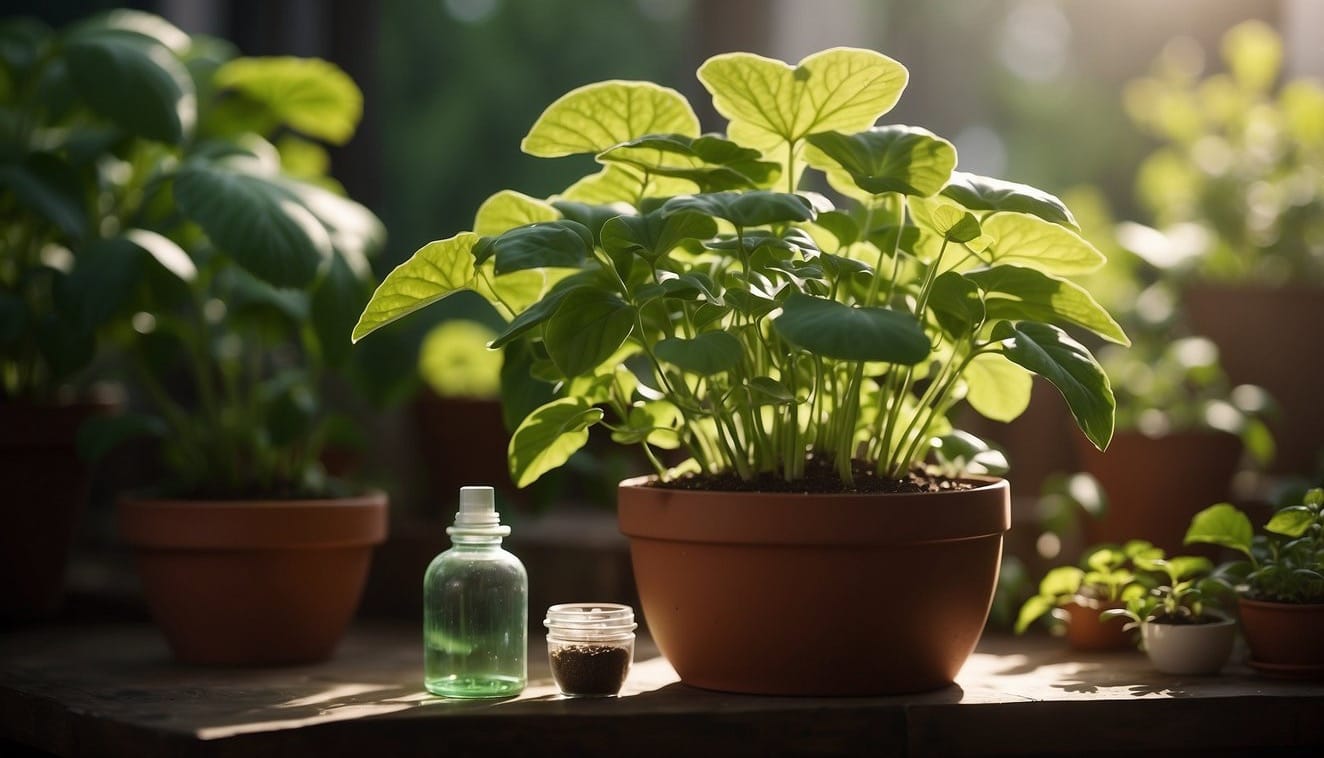
When you decide to propagate your Watermelon Peperomia, you have several techniques to choose from. Propagation is most successful in the spring, as the plant is entering its active growth phase.
Stem Cuttings:
- Select a Healthy Stem: Look for a healthy stem that has a few leaves.
- Cut: Using sterilized scissors or a knife, cut a 3-4 inch section just below a node.
- Root: You can root the cutting in water or directly in soil. If rooting in water, wait until roots develop before transplanting into soil.
Leaf Cuttings:
- Select a Leaf: Choose a healthy and full-grown leaf.
- Cut: Snip the leaf with a portion of the stem attached using sterilized equipment.
- Plant: In soil, make a shallow hole and insert the petiole. Lightly cover with soil, keeping the leaf exposed.
Division:
- Remove Plant: Gently take your Watermelon Peperomia out of its pot.
- Divide: Look for natural separations in the root ball and carefully pull apart into two or more plants.
- Replant: Plant each division in its own pot with fresh, well-draining soil.
For all methods, ensure to use high-quality potting mix and maintain consistent moisture without overwatering. Place the new plants in a location with bright, indirect light, and keep the humidity around 40-50% to mimic their native environment and promote growth.
Pest and Disease Management

When growing Watermelon Peperomia, vigilance in pest and disease management is key to a healthy plant. You may encounter common houseplant pests such as mealybugs, spider mites, and fungus gnats.
- Mealybugs are recognized by their cotton-like white masses on leaves and stem nodes. Treat these pests by dabbing them with alcohol-soaked cotton swabs or applying insecticidal soap.
- Spider mites are tiny spider-like pests that may cause yellow or brown spots on the leaves as they feed on plant juices. To manage spider mites, regularly spray the plant with water or introduce natural predators like ladybugs into your garden.
- Fungus gnats typically thrive in over-moist soil. To prevent these pests, allow the soil to dry out between waterings and use sticky traps to catch adult gnats.
Regarding diseases, overwatering can lead to root rot, a condition that is detrimental to your Peperomia. Ensuring proper drainage and a consistent watering schedule can prevent this problem.
| Common Pests and Problems | Symptoms | Treatment |
|---|---|---|
| Mealybugs | White, fluffy masses | Alcohol, Insecticidal soap |
| Spider Mites | Yellow/brown spots | Water spray, Natural predators |
| Fungus Gnats | Adults flying around soil | Let soil dry, Sticky traps |
Pruning and Maintenance
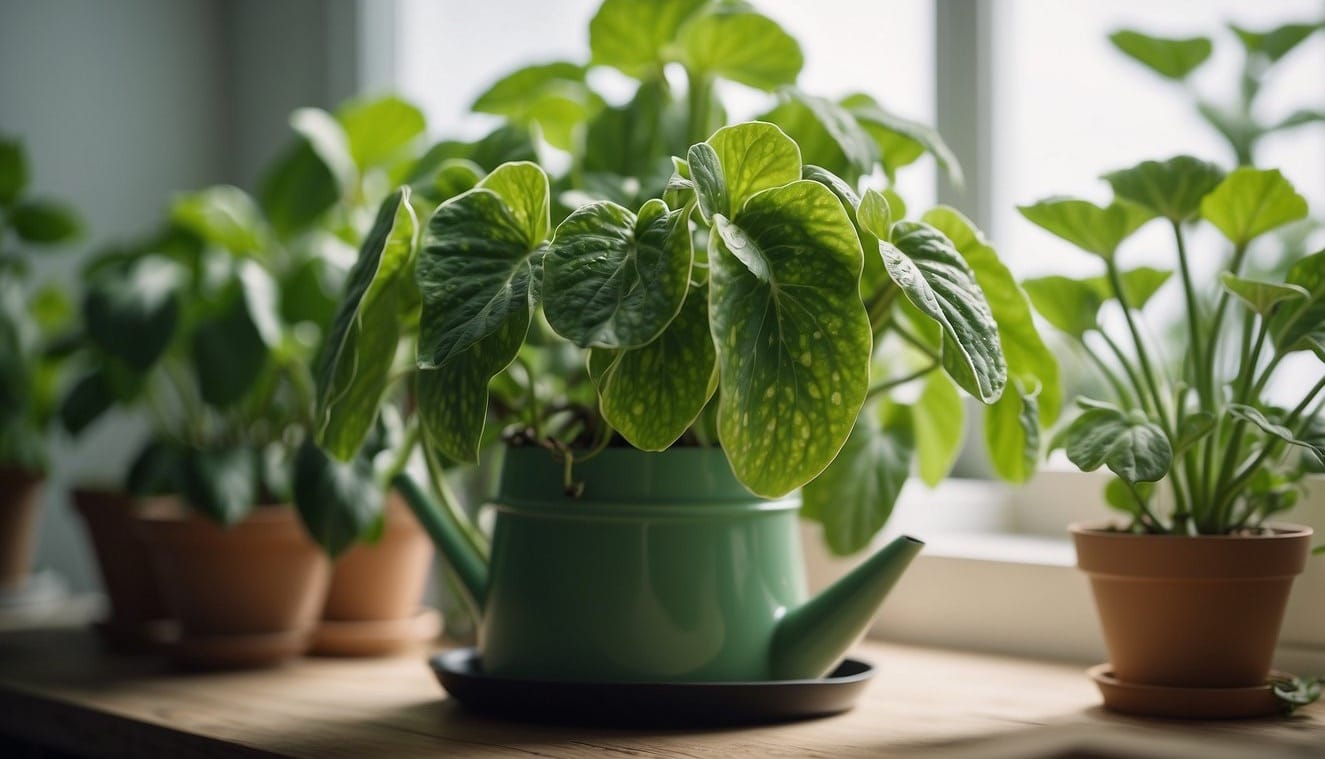
When caring for your Watermelon Peperomia, regular pruning is key to maintaining its compact, bushy appearance and promoting new growth. To prune correctly, follow these steps:
- Step 1: Inspect the plant regularly for any leaves that are damaged, yellowing, or excessively curling, as these can be signs of stress or poor health.
- Step 2: Use sharp, clean gardening scissors or pruners. Sterilize them before use to prevent the spread of disease.
- Step 3: Make cuts at a 45-degree angle to encourage healing and new growth. Remove no more than 20-25% of the foliage at one time to avoid stressing the plant.
Post-Pruning Care:
- Watering: After pruning, give your plant a thorough watering to help reduce any stress caused by the pruning process.
- Maintenance: Keep an eye on the foliage for any signs of pests or disease, which are easier to manage when caught early.
Healthy Growth Tips:
- Ensure your Watermelon Peperomia is planted in well-draining soil and is receiving bright, indirect light.
- Avoid overwatering as this can lead to root rot, a common issue with peperomias.
Safe Growing for Pets and Home
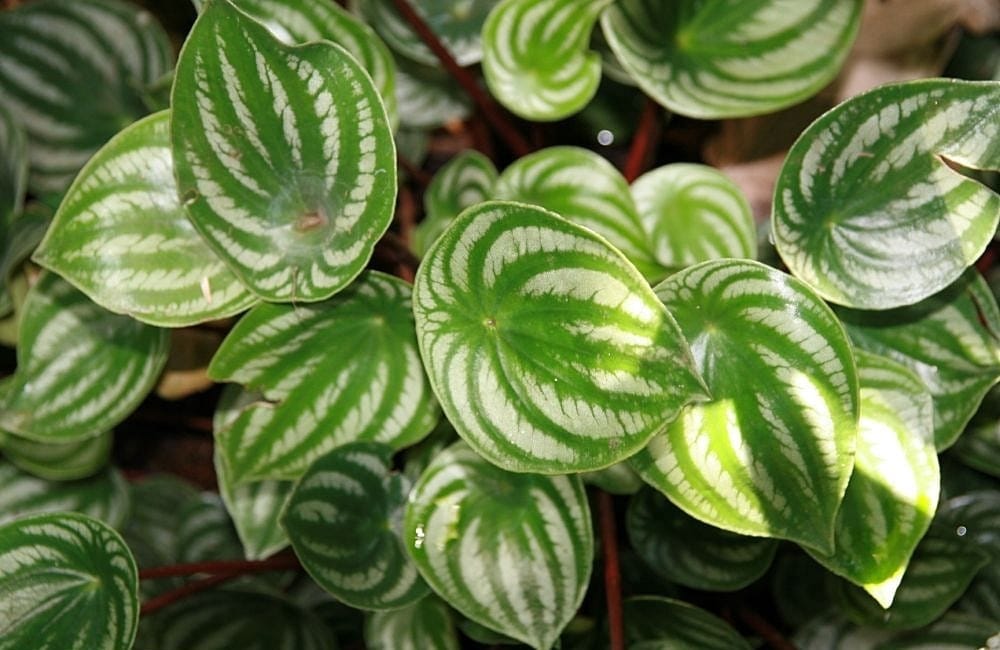
When selecting houseplants, your primary concern may be whether they are safe for your pets. Fortunately, Watermelon Peperomia (Peperomia argyreia) is non-toxic to cats and dogs, making it an ideal choice for a pet-friendly home. This attribute provides peace of mind as you incorporate greenery into your living space without jeopardizing the safety of your furry friends.
Here's a guide on safely growing Watermelon Peperomia indoors:
- Pot Choice: Opt for breathable terracotta or ceramic pots with at least one drainage hole to support healthy root development.
- Location: Position your plant in an area where it gets bright, indirect sunlight. Direct sun can damage the leaves, whereas low light could diminish the plant's vibrant patterns.
- Watering: Over-watering can lead to root rot, which is harmful to the Peperomia. Ensure the soil is moist but not soggy, and allow the top inch of soil to dry out before watering again.
Soil Requirements:
| Component | Purpose |
|---|---|
| Perlite | Ensures proper aeration and drainage. |
| Compost | Provides nutrients. |
| Peat moss/coir | Retains moisture and provides root support. |
The closely related Peperomia obtusifolia, also known as Baby Rubber Plant, is another non-toxic option that can thrive under similar conditions as the Watermelon Peperomia.
Frequently Asked Questions
Watermelon Peperomia thrives with specific care. Understanding its needs for light, watering, and propagation amongst others is key to a healthy plant.
What are the optimal conditions for indoor watermelon peperomia care?
To maintain a healthy watermelon peperomia indoors, provide bright, indirect light and keep the temperature between 65°F and 80°F. Ensure high humidity levels and well-draining soil to simulate the tropical conditions it prefers.
How can you propagate watermelon peperomia effectively?
You can effectively propagate watermelon peperomia through leaf cuttings or division. For leaf cuttings, place the cut end in water or soil. Then, wait for roots to develop, which can take about 6 weeks.
Why are the leaves of my watermelon peperomia curling and how can I address it?
Curling leaves can be a sign of underwatering or overwatering. To address this, check the moisture level of your soil. Then, adjust your watering schedule accordingly—only water when the top inch of soil is dry to the touch.
What are common problems when growing watermelon peperomia and their solutions?
Some common issues include overwatering leading to root rot, under-watering, and pest infestations like mealybugs. Ensure proper watering techniques and inspect regularly for pests. If you find any, treat them with neem oil or insecticidal soap.
How frequently should watermelon peperomia be watered?
Watermelon peperomia plants should be watered once the top inch of soil feels dry. This will vary based on the humidity and temperature of your environment. So, monitor the soil regularly to develop a watering schedule.
What are the best practices for fertilizing watermelon peperomia?
Fertilize watermelon peperomia sparingly. Use a balanced, water-soluble fertilizer diluted to half the recommended strength during the growing season. Do not fertilize in the winter months when growth slows.
